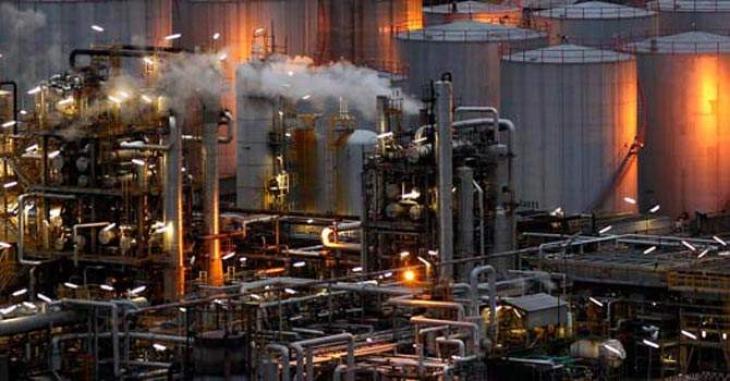
A Useful A-to-z On Essential Factors For

It is pertinent to mention that the exports of textile products posted a growth of 12.8 per cent year-on-year to $4.4 billion in 2017-18. The total textile sector exports reached $7.72bn value-wise in July-January 2018 versus $7.2bn in the corresponding period of last year, reflecting an increase of 7.18 pc In the 1950s, textile manufacturing emerged as a central part of Pakistan's industrialization, shortly independence from the British rule in South Asia. In 1974, the Pakistan government established the Cotton Export Corporation of Pakistan (CEC). Between 1947 and 2000, the number of textile mills in Pakistan increased from 3 to 600. In the same time spindles increased from 177,000 to 805 million. Cotton spinning is perhaps the most important segment in the Pakistan textile industry with 521 units installed and operational, says a report by IRNA news agency. Synthetic fibers prepared with nylon, polyester, acrylic, and polyolefin dominate the market. Three types of filament yarn are also produced in Pakistan. These are acetate rayon yarn, polyester filament yarn, and nylon filament yarn. Textile products manufactured from wool are also famous across the country and they include woolen yarn, acrylic yarn, fabrics, shawls, blankets, and carpets.
For the original version including any supplementary images or video, visit https://nation.com.pk/03-Jun-2018/textile-industry-in-pakistan-an-open-example-of-resistance-economy
Uncomplicated Products For [textile Testing] For 2017



ไม่มีความคิดเห็น:
แสดงความคิดเห็น